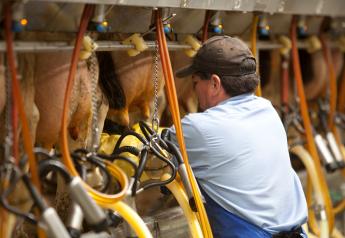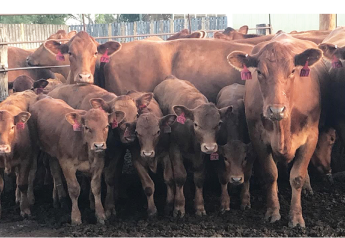Perspective Pays in BSE Response

The following commentary does not necessarily reflect the views of AgWeb or Farm Journal. The opinions expressed below are the author's own.
Last week, the USDA confirmed a case of atypical bovine spongiform encephalopathy (BSE) in a Florida beef cow. The industry took notice and assessed the situation appropriately, while the consumer media, American consumers and our export partners responded with a collective shrug.
Very little coverage appeared in the U.S. news media, and the stories that did appear generally provided accurate information, noting that these atypical or sporadic cases occasionally appear spontaneously and have no association with feed-related “classical BSE,” which is linked to variant Creutzfeldt-Jakob disease (vCJD) in humans. They also noted that the affected cow never entered the food supply.
Many of us recall the first U.S. case of BSE in December 2003 – the classical form in a Washington cow. That case, known as “the cow that stole Christmas,” halted virtually all our beef exports and it took more than a decade to rebuild our markets.
Looking back though, scientists, policy makers, educators and the beef industry have achieved a notable success story in dealing with BSE.
When BSE first appeared in the United Kingdom in the 1980s, the disease and its causes were mysterious. By 1992, BSE was affecting approximately 30,000 cattle per year in the UK. Exports of live cattle and bovine meat and bone meal from the UK resulted in BSE spreading across Europe and worldwide. Around that same time, scientists discovered a link between vCJD in humans and consumption of beef products from BSE-infected cattle, especially products containing specific risk materials such as brain or spinal tissues.
Once scientists confirmed a link between feed ingredients and BSE, governments and the global beef industry acted quickly. In 1997, the FDA prohibited inclusion of mammalian protein in feed for cattle and other ruminants, and in 2009 the FDA strengthened the feed ban with prohibition of high risk tissue materials in all animal feed. Other countries took similar actions.
With those policies in place, the prevalence of classical BSE dropped dramatically – almost to zero. Incidence of vCJD followed a similar trend, dropping to near zero as classical BSE disappeared from cattle populations. All told, fewer than 300 people worldwide died from vCJD related to beef consumption, most of those in the UK.
Without downplaying the tragedy of those deaths for the victims and their families, the numbers demonstrate that even with a high prevalence of classical BSE in a cattle population, and literally millions of servings of beef from BSE cows consumed over several years in the UK and elsewhere, vCJD remained quite rare.
The recent Florida case resembles an atypical BSE diagnosis in an Alabama cow in July 2017. The Alabama case, like this one, helped demonstrate the effectiveness of the U.S. surveillance system and had minimal impact on beef trade.
In 2015, the World Organization for Animal Health (OIE) determined that atypical BSE occurred spontaneously at a low rate in all cattle populations and would be excluded when determining BSE risk.
Atypical or sporadic BSE appears to occur spontaneously in a very small percentage of cattle, usually older animals, in contrast with classical BSE, which is associated with cattle consuming feed contaminated with transmissible prions from other ruminant sources. Prevalence of atypical BSE is not known and because of its rarity, would be difficult to quantify without massive testing. Scientists believe though, that the disease affects fewer than one in one million cattle.
This is the nation’s 6th detection of BSE according to the USDA. The first case, in 2003, was a case of classical BSE; the rest have been atypical BSE.
The BSE story provides an excellent example of science and industry working together to solve a problem and to educate the public regarding the actual risks. Perception is key, and the muted response to the recent case of atypical BSE demonstrates that the public, the media and the global food industry have learned to keep this rare disease in perspective.







